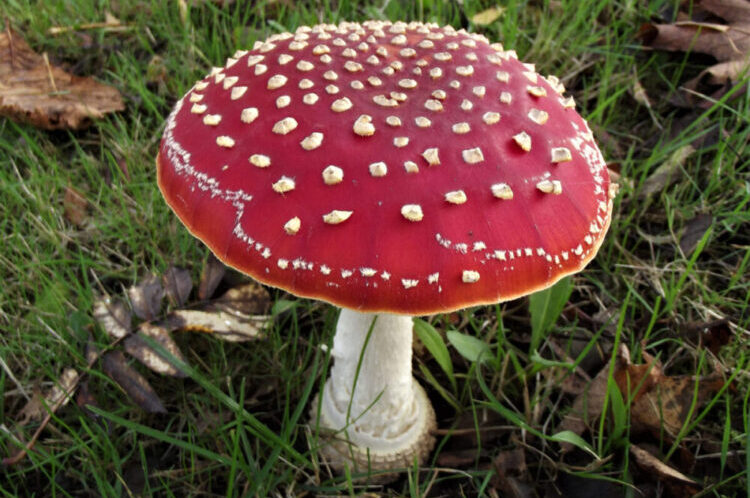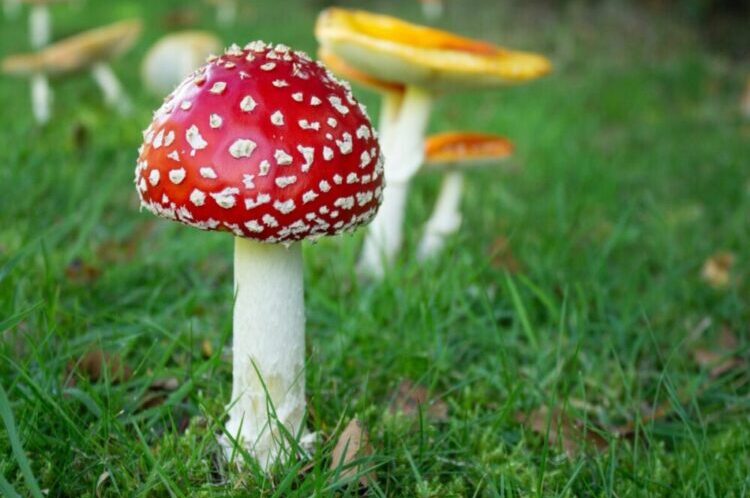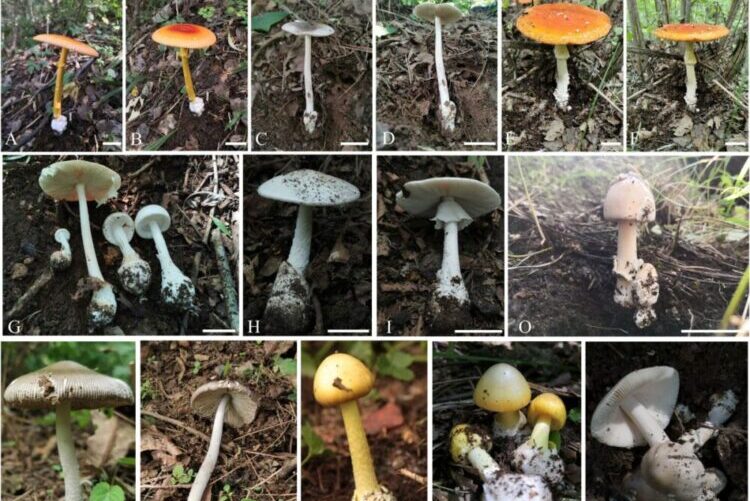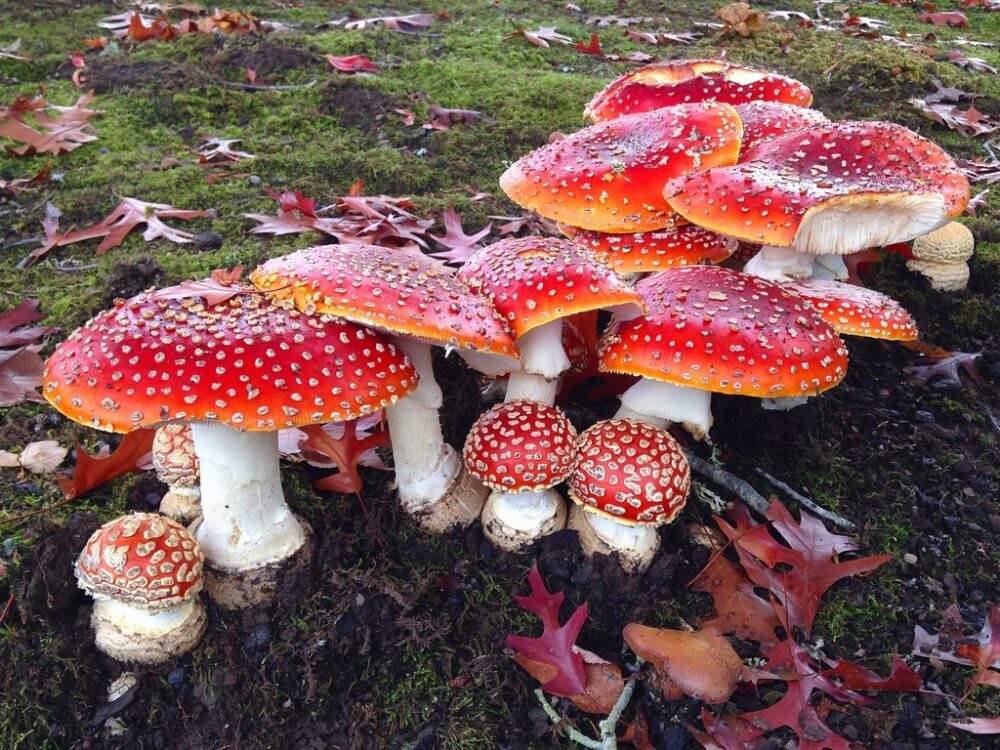Mycologists and folklore lovers have long been enthralled by amaranth mushrooms, which are known for their remarkable look and powerful qualities. To shed light on these mysterious fungi’s distinctive qualities and their function in many societies and environments, this blog article examines some of their most fascinating features.
The Dual Nature of Amanita: Toxic Yet Therapeutic
The Toxicity of Amanita Mushrooms
Amanita mushrooms, particularly Amanita phalloides, known as the “Death Cap,” are infamous for their lethal toxicity. Containing potent toxins such as alpha-amanitin, these mushrooms can cause severe liver and kidney damage when ingested.
The symptoms of poisoning often appear several hours after consumption, making it a deceptive threat to unwary foragers.
Therapeutic Potential in Modern Medicine

Contrasting their notorious toxicity, certain species show promising therapeutic benefits. Amanita muscaria, the iconic red mushroom with white spots, contains compounds that are being researched for their potential in treating various neurological disorders.
These studies highlight the complex nature of Amanitas, where danger coexists with potential medicinal benefits.
Amanita in Culture and Mythology
Symbolism and Representation in Various Cultures
The myths and symbols of many different cultures lay great emphasis on amaranth mushrooms. They are connected to mysticism and magic in many religions.
For example, in European folklore, Amanita muscaria is frequently associated with images of fairies and other supernatural creatures, signifying mystery and enchantment.
The Shamanic Uses of Amanita
In some indigenous cultures, particularly in Siberia, Amanita muscaria has been used for its psychoactive properties in shamanic rituals.
The mushroom is known to induce altered states of consciousness, which shamans believe enables them to connect with the spiritual world. This traditional use underscores the deep-rooted connection between humans and these enigmatic fungi.
Ecological Significance of Amanitas

Amanitas and Their Role in Ecosystems
Amanita mushrooms play a crucial role in forest ecosystems. They form symbiotic relationships with trees, facilitating nutrient exchange and enhancing soil fertility.
This mycorrhizal association is vital for the health of forests, showcasing the ecological importance of these mushrooms beyond their toxic and psychoactive attributes.
Biodiversity and Amanita Varieties

The Amanita genus is diverse, with over 600 known species exhibiting a wide range of colors, shapes, and sizes. This diversity not only adds to the ecological richness but also poses challenges for mushroom enthusiasts and scientists in accurate identification.
The study of Amanita species contributes significantly to our broader understanding of fungal biodiversity and ecosystem dynamics.
Conservation Challenges and the Future of Amanitas
The Impact of Environmental Changes on Amanita Species
Like many other fungi, amaranth mushrooms are sensitive to changes in their surroundings. Their susceptibility to deforestation, pollution, and climate change stems from their need for particular soil conditions and symbiotic connections with trees.
Amanita populations may diminish as a result of these environmental stresses, which might have an impact on the overall health of forest ecosystems. Understanding these alterations is essential to creating mitigation methods for the consequences of human activity on natural environments.
Conclusion
In conclusion, Amanita mushrooms are a fascinating subject, embodying a blend of danger, mystery, and ecological significance. If you decide to opt for dried amanita mushrooms, we recommend you check out our article on storing dried mushrooms and learn how to preserve them for significantly longer periods.
Their dual nature as both toxic and potentially therapeutic, their deep-rooted presence in cultural mythologies, and their crucial role in ecosystems make them a compelling topic for ongoing research and exploration.





